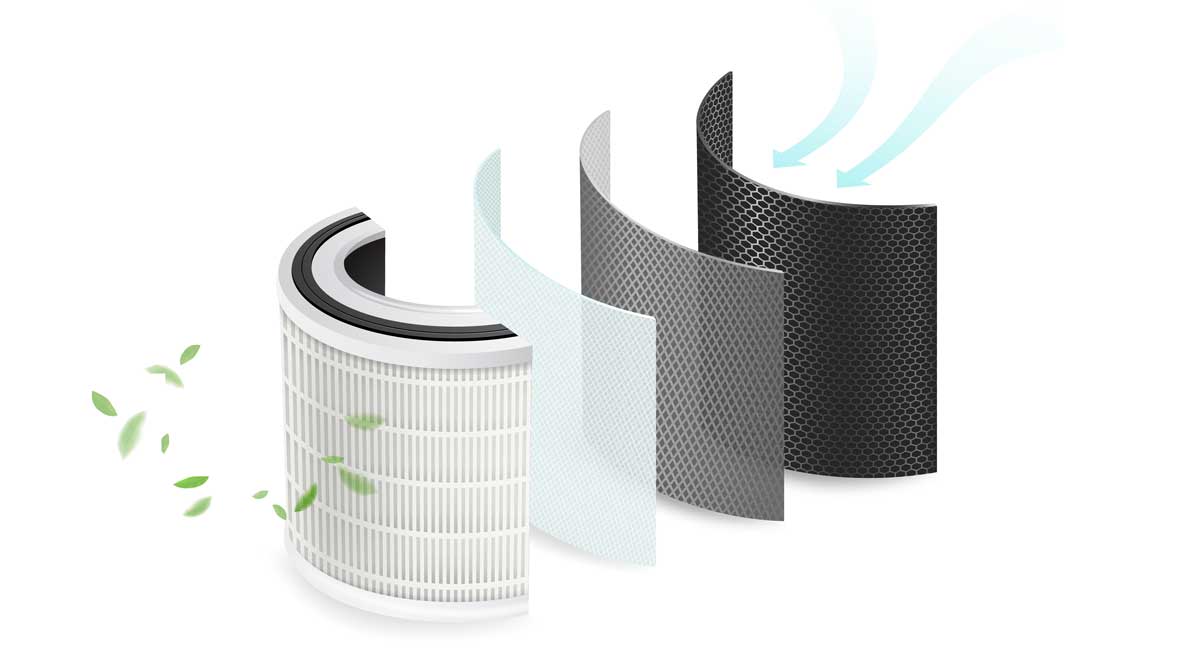We have all had to rummage through our utility cabinets or kitchen drawers for a fresh package of AA batteries. But did you know you were actually reaching for a chemical reaction?
Batteries harness a branch of physical chemistry called electrochemistry. Electrochemistry is unique among all other chemistry disciplines because it examines the relationship between chemical reactions and the production of electricity.
Batteries are a type of electrochemical cell called a galvanic cell. Galvanic cells create electric energy from the chemical reaction taking place within them. To understand how batteries work using electrochemistry, we will explore 7 common battery types and the chemistry that makes them work.
Disposable
Though we commonly call them disposable or single-use batteries, batteries that can not be recharged are called primary batteries. The chemistry contained within primary batteries is like a firework. Once the chemical reactions have been discharged, it can not be undone, and the battery has been spent.
Dry Cell Batteries
By far the most common household batteries, dry cell batteries are used in everything from TV remotes to flashlights. All dry cell batteries use an acidic, water-based paste as its electrolyte. The electrolyte acts as a carrier and conductor for the compounds that will react and generate electricity.
The chemical compounds used to create energy vary depending on the type of dry cell battery. There are several types of dry cell batteries but a few of the most commonly known types are zinc-carbon cell and alkaline.
Zinc-carbon cell batteries hold a mixture of manganese(IV) oxide, ammonium chloride, and zinc chloride. The manganese(IV) oxide reacts with the zinc chloride which produces electricity. The electricity is released through the positive and negative ends of the battery, known as the electrodes.
Dry cell batteries are cheap to make but fairly inefficient. They produce little electrical energy. Only a small portion of the zinc chloride and manganese(IV) oxide available are used before the battery is spent. Though more expensive, alkaline batteries perform better than zinc-carbon batteries. Their unique formula, which allows them to work in base conditions, produces more consistent voltage. Plus they have a longer shelf life.
Button Batteries
Used in watches and hearing aids, button batteries not only look different than dry cell batteries. They also use different compounds to produce electricity. Instead of using zinc-chloride and manganese(IV) oxide, button batteries use a blend of zinc-mercury and mercury(II) oxide or silver(I) oxide.
Though tiny, button batteries produce a lot of energy. This makes them an excellent choice for the most compact electronics. But the heavy metals they contain make eco-friendly disposal a challenge.
Lithium–Iodine Battery
Despite their name, dry cell batteries actually contain a small amount of liquid. Lithium-iodine batteries were developed as a true dry cell. They use lithium metal and iodine, with a solid compound of lithium iodide between to act as the electrolyte. The battery itself is two cells with a layer of nickel mesh between them. The metal mesh helps to move the electric charge from one side of the battery to the other.
Lithium-iodine batteries have an amazing lifespan. They can be fully functional for up to 10 years. Because of their long lifespan, they are used in instances where frequent battery changes would be difficult, like medical devices and computer memory.
Rechargeable
Secondary batteries, better known as rechargeable batteries, use different chemical compounds to generate energy. Though we often talk about a rechargeable battery as full or empty, the process of recharging and draining a battery is not like filling up a car’s tank. Chemical reactions within the battery cause the compounds to convert to other substances. And the recharging process causes them to reconvert back to their original chemical form.
Nickel–Cadmium (NiCad) Battery
Nickel-Cadmium batteries are wet cell battery types that converts chemical energy into electrical energy. But they can also convert electrical energy back to chemical energy for a full recharge.
NiCad batteries use nickel oxide and a cadmium compound with a potassium hydroxide solution as the electrolyte. When fully charged the battery contains nickel oxyhydroxide and cadmium. But as the battery drains the nickel oxyhydroxide converts to nickel hydroxide and cadmium converts to cadmium hydroxide. During a recharge, they convert back, and the process can begin again.
Besides being rechargeable, NiCad batteries are lightweight and outperform many less costly batteries. But their biggest disadvantage is their tendency to lose charging capacity if recharged before completely draining them.
Lead–Acid (Lead Storage) Battery
The next time you fire up your car, you can thank the lead-acid battery under the hood for performing.
Lead-acid batteries contain two lead plates. Both are spongy or grid-like and one is coated in lead dioxide. An insulating separator sits between the plates. These plates fit in the battery case and are submerged in water and sulfuric acid which acts as the electrolyte.
The battery works by the chemical reaction between sulfuric acid and the lead plates. As the battery gives off energy, the chemical reaction causes lead sulfate to coat the plates. The longer the battery supplies electricity, the more lead sulfate collects on the plates. When recharging, the lead sulfate gradually reconverts back to metallic lead and sulfuric acid, and the process can begin again.
Unlike the other batteries we have discussed, lead-acid batteries do not generate their own electricity. They only store the electricity produced from an outside source. In cars, the engine produces energy and the battery stores it. This stored electricity is what allows you to start the car.
Chemistry allows us to enjoy modern conveniences in surprising ways. Through chemistry, we are able to harness energy and produce it right in the palm of our hand. Whether your project involves the creation or use of batteries, Noah Chemicals offers the quality chemicals you need.
A leader in the chemical industry for over forty years, Noah Chemicals supplies specialty chemicals to countless industries, for various applications. From the most common to the most obscure, our team can help you find the right chemical for your project. Contact us to speak with one of our on-staff chemists. Receiving electricity from chemical interactions of substances




